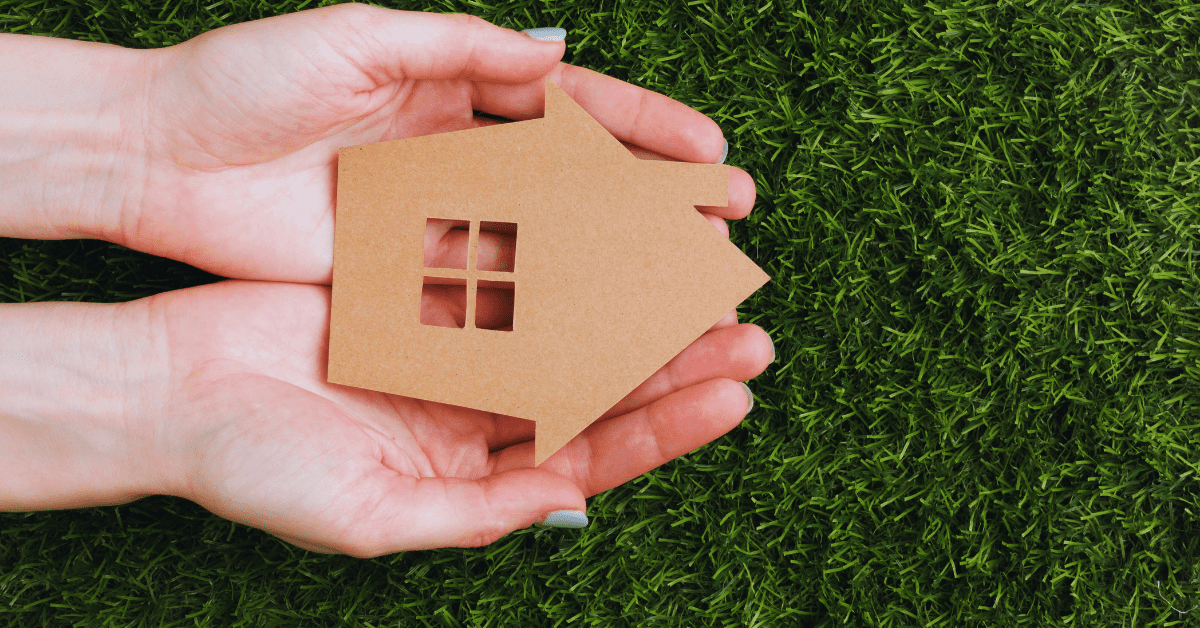Building or remodeling a home today means more than blueprints and budgets. It’s about making dozens of quiet decisions that shape how your space lives and breathes — decisions that can either streamline your life or silently complicate it. That’s why creating an eco-friendly smart home isn’t about chasing trends. It’s about choosing technology that serves you, simplifies your routines, and respects the environment. Whether you’re updating a single room or breaking ground on new construction, the right approach will balance sustainability with clarity — no buzzwords required. You don’t need to become a tech wizard. You just need the right lens.
Start With Smarter Materials, Not Just Smart Devices
Long before you install smart thermostats or solar panels, what your house is made of matters. Eco-conscious construction begins with choosing materials that last, reduce emissions, and support healthy indoor air. We’re talking about sustainable building materials like reclaimed wood, bamboo, and low-VOC insulation that won’t off-gas toxins into your air. These aren’t just buzzwords — they’re systems you’ll live with, breathe through, and rely on every day. And here’s the trick: many of these options are not only healthier but easier to maintain, meaning less long-term fuss. That’s the baseline — a home that works with you, from the studs out.
The App That Keeps the Whole House Talking
Even the greenest, smartest home runs into hiccups. An appliance breaks. The HVAC sputters. This is where having the right home repair coverage makes all the difference. A dedicated home maintenance and repair app lets you schedule service visits, track repair timelines, and even pull up your appliance history with a tap. You’re not waiting on hold or guessing who to call. You’re connected to qualified professionals who already understand your systems — ones who can offer transparent quotes and reliable service without the usual confusion. It’s peace of mind, updated for the way you live now.
Lighting That Thinks Ahead (So You Don’t Have To)
Let’s talk light. Not the overwhelming kind that blasts every room, but the thoughtful glow that changes with your needs. The benefits of smart bulbs go beyond voice control and novelty. They’re about systems that adapt — dimming automatically in the evening, shutting off when rooms are empty, and learning your rhythms. It’s energy savings, sure. But it’s also less mental load. You’re not memorizing controls or schedules. You’re setting a mood, saving electricity, and reducing friction between “I wish it did…” and “it already did.”
Managing Energy Doesn’t Need a Manual
Every eco-smart home needs a brain — and no, it doesn’t have to be complicated. Smart home energy management systems help you see where power is going, automatically shut down phantom loads, and prioritize efficient use without you needing to become an electrician. The best part? These systems give you readable dashboards, so you’re not sifting through data soup. Instead, you’re making small tweaks based on real feedback: trimming that HVAC runtime, identifying which appliances are quietly stealing power, and spotting leaks in your energy behavior before they add up.
Insulation Is Your Invisible Workhorse
You can’t see it, but insulation does some of the heaviest lifting in your home. Without proper insulation, even the smartest devices fight uphill battles. That’s why choosing eco-friendly insulation materials like wool, cellulose, or cork isn’t just good for the planet — it’s smart living. These materials regulate temperature, resist mold, and don’t need as much tech babysitting to keep your environment balanced. Pair them with smart vents or zoned heating and suddenly your energy efficiency isn’t a pipe dream — it’s embedded in the walls.
Solar Is Smarter Than You Think
Solar power used to feel like a frontier reserved for die-hards. Not anymore. Today, integrating solar energy with smart homes means panels that sync with home batteries, track usage, and respond dynamically to your needs. You’re not guessing if you’re saving money. You’re watching it happen in real time — and adjusting as you go. Add smart load shifting, and your dishwasher runs when the sun’s at its peak. It’s not magic. It’s just systems working together — quietly, efficiently — behind the scenes.
Don’t Let Water Slip Through the Cracks
Smart homes think about water too — the kind you drink, heat, and use to clean. With a few changes, you can adopt household water conservation methods that make sense for your routines. Low-flow fixtures with real-time usage feedback let you adjust on the fly. Smart irrigation systems stop watering your lawn during a rainstorm. Leak detectors notify you before the floor buckles. These tools aren’t there to guilt-trip you into saving. They’re there to help you notice — to give you the kind of awareness that changes habits naturally.
Recycle What You Replace — Without the Guesswork
Upgrading to smarter, greener systems often means removing older ones — and what you do with that debris matters. Tossing it in the trash undoes part of your sustainability win. Instead, look for responsible disposal options that match the clarity of your upgrades. For example, you can recycle your home’s old non-mercury thermostat through Pacific Green Technology, which helps keep harmful components out of landfills. It’s one more system working quietly in your favor — reducing environmental impact without adding steps to your already full plate.
You’re not building a smart home to impress anyone. You’re building it to reduce friction, increase comfort, and make sustainable living feel… liveable. The best systems don’t demand that you change who you are. They adapt to how you live — helping you conserve energy, simplify repairs, and stop sweating the details. This isn’t about chasing the latest gadget. It’s about making technology serve your life, not complicate it. And with the right choices, a smarter, greener home is not just possible. It’s practical.
You can start to discover innovative solutions for a sustainable future at Living Green Technology and join the movement towards a cleaner, greener planet!






